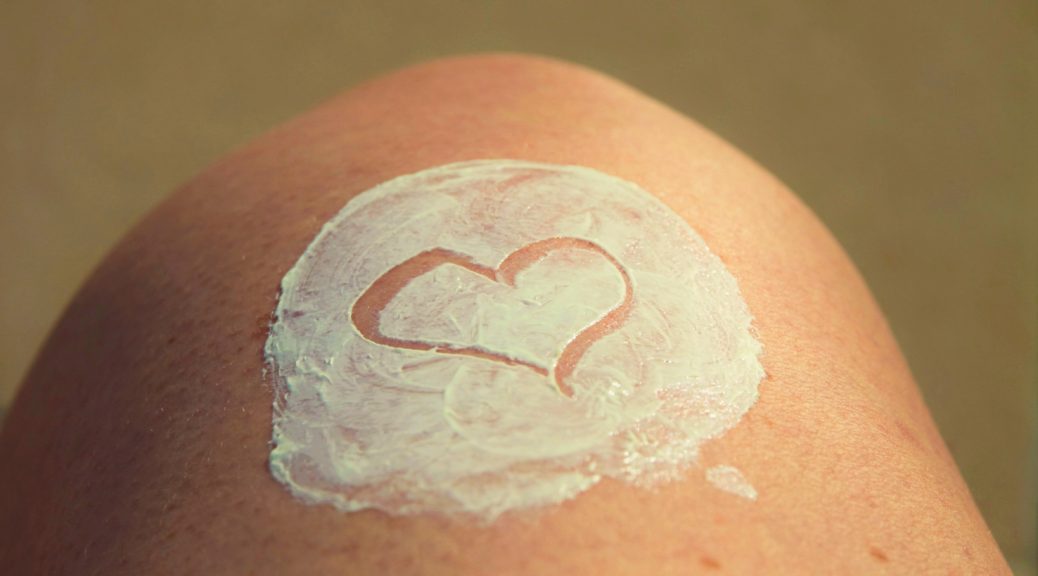Stringency of State Indoor Tanning Laws
Approximately five million cases of skin cancer are diagnosed among Americans at a cost nearing $9 billion annually. Indoor tanning (IT) is a risk factor for skin cancer. Restricting IT facilities, especially access by minors, has been the subject of state laws. More stringent restrictions on youth access (for example, bans by age vs. parental consent laws) appear to be associated with reduced IT by youth.

A team led by Dr. Carolyn Heckman from Rutgers University and Dr. David Buller from Klein presented a poster characterizing the IT policy landscape of U.S. states at the 44th Annual Sessions and Meeting of the Society of Behavioral Medicine in Phoenix, Arizona on April 26-29, 2023. The poster was entitled “Comparison of the stringency of indoor tanning bills regarding minors that passed and failed in state legislatures over the last 30 years.”
The research team coded 107 state IT law documents and compared passed laws to failed bills (proposed but not voted on or proposed but voted down), using a validated coding tool that assessed the presence of age bans, parental consent/accompaniment, warnings, operator requirements, and enforcement. Component codes were scaled on 10-point stringency measures (0=no regulation, 10=very strong regulation). Component and total summed scores were calculated, with higher scores indicating more stringent IT restrictions.
Between 1991 and 2022, 46 states and the District of Columbia passed a law on IT, with 23 banning access to IT facilities by minors under age 18. By contrast, 60 bills on IT failed to pass in 31 states since 2008. However, stringency of laws is weak, overall, which may explain why recent research found low compliance of IT facilities with regulations and continued IT among minors. Failed bills without minor bans were less stringent than similar passed laws, on nearly all components. Failure may have presented advocates opportunities to improve stringency of subsequent bills and time to garner more support for IT restrictions. In fact, less stringent bills may have failed because they had less support from outside constituencies (for example, medical societies and public health advocates) and among legislators. To gain insight into this public health legislation process, we are interviewing key informants from states with recent policy activity.
This research was supported by a grant to Rutgers University from the National Cancer Institute (CA244370; Dr. Carolyn Heckman and Dr. David Buller, Multiple Principal Investigators). Co-authors included Ms. Julia Berteletti from Klein Buendel and Ms. Anna Mitarotondo from Rutgers University.


